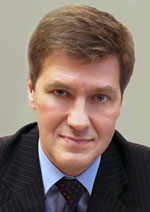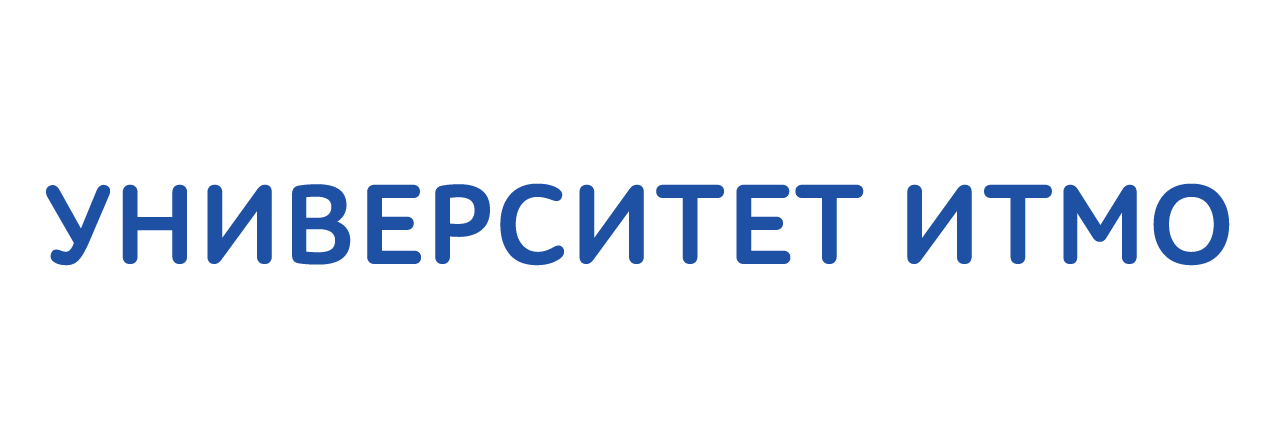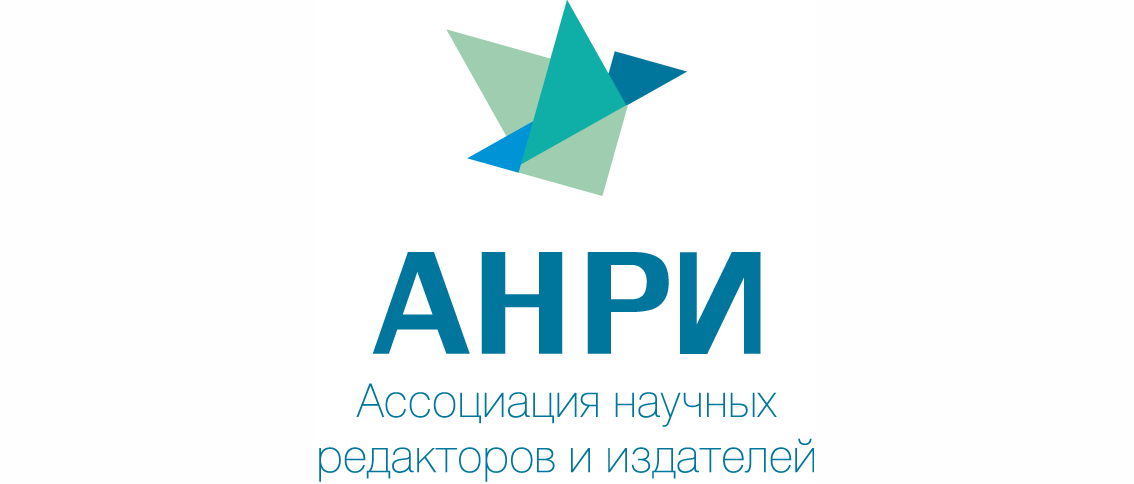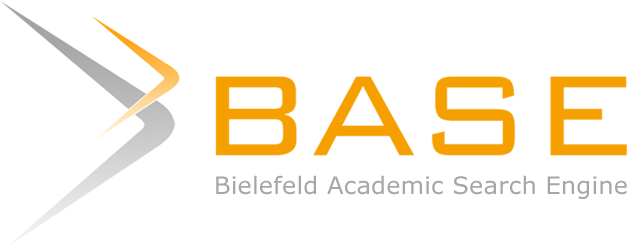Меню
Публикации
2025
2024
2023
2022
2021
2020
2019
2018
2017
2016
2015
2014
2013
2012
2011
2010
2009
2008
2007
2006
2005
2004
2003
2002
2001
Главный редактор

НИКИФОРОВ
Владимир Олегович
д.т.н., профессор
Партнеры
doi: 10.17586/2226-1494-2025-25-1-174-177
УДК 004.056.55
WaveVRF: постквантовая проверяемая псевдослучайная функция, основанная на кодах, исправляющих ошибки
Читать статью полностью
Язык статьи - русский
Ссылка для цитирования:
Аннотация
Ссылка для цитирования:
Дакуо Ж.-М.Н. WaveVRF: постквантовая проверяемая псевдослучайная функция, основанная на кодах, исправляющих ошибки // Научно-технический вестник информационных технологий, механики и оптики. 2025. Т. 25, № 1. С. 174–177. doi: 10.17586/2226-1494-2025-25-1-174-177
Аннотация
Предложена новая проверяемая псевдослучайная функция (Verifiable Random Function, VRF), основанная на задаче синдромного декодирования и подписи Wave, устойчивая к атакам квантового компьютера. Разработанная новая схема VRF демонстрирует возможность применения задачи синдромного декодирования для реализации криптографически стойких решений. Представлено описание ключевых алгоритмов VRF (KeyGen, VRFEval, VRFVerify). Показаны основные свойства функции: полная доказуемость, уникальная доказуемость и псевдослучайность.
Ключевые слова: VRF, криптография, Wave, PRG, проблема синдромного декодирования
Благодарности. Работа выполнена в рамках государственного задания (проект FSER-2025-0003).
Список литературы
Благодарности. Работа выполнена в рамках государственного задания (проект FSER-2025-0003).
Список литературы
- Kiayias A., Russell A., David B., Oliynykov R. Ouroboros: A provably secure proof-of-stake blockchain protocol // Lecture Notes in Computer Science. 2017. V. 10401. P. 357-388. https://doi.org/10.1007/978-3-319-63688-7_12
- Chagas V., Da-Costa G. WhatsApp and transparency: an analysis on the effects of digital platforms´ opacity in political communication research agendas in Brazil // Profesional de la información. 2023. V. 32. N 2. P. e320223. https://doi.org/10.3145/epi.2023.mar.23
- Micali S., Rabin M., Vadhan S. Verifiable random functions // Proc. of the 40th Annual Symposium on Foundations of Computer Science (cat. No. 99CB37039). 1999. P. 1-11. https://doi.org 10.1109/SFFCS.1999.814584
- Dodis Y., Yampolskiy A. A verifiable random function with short proofs and keys // Lecture Notes in Computer Science. 2005. V. 3386. P. 416–431. https://doi.org/10.1007/978-3-540-30580-4_28
- Esgin M.F., Steinfeld R., Liu D., Ruj S. Efficient hybrid exact/relaxed lattice proofs and applications to rounding and VRFs // Lecture Notes in Computer Science. 2023. V. 14085. P. 484–517. https://doi.org/10.1007/978-3-031-38554-4_16
- Leroux A. Verifiable random function from the Deuring correspondence and higher dimensional isogenies: Preprint // HAL science ouverte. 2023. hal-04389904
- Esgin M.F., Ersoy O., Kuchta V., Loss J., Sakzad A., Steinfeld R., Yang X., Zhao R.K., A new look at blockchain leader election: Simple, efficient, sustainable and post-quantum // Proc. of the ACM Asia Conference on Computer and Communications Security. 2023. P. 623–637. https://doi.org/10.1145/3579856.3595792
- Gasparovic R.F., Apel J.R., Kasischke E.S. An overview of the SAR internal wave signature experiment // Journal of Geophysical Research: Oceans. 1988. V. 93. N C10. P. 12304–12316. https://doi.org/10.1029/jc093ic10p12304
- Thomas Debris-Alazard. Post-Quantum Cryptography - Codes; Lecture 2: Random Codes [Электронный ресурс] URL: https://tdalazard.io/lecture2.pdf (дата обращения: 28.10.2024).
- Fischer J.B., Stern J. An efficient pseudo-random generator provably as secure as syndrome decoding // Lecture Notes in Computer Science. 1996. V 1070. P. 245–255. https://doi.org/10.1007/3-540-68339-9_22
- Kuznetsov A., Kiian A., Smirnov O., Cherep A., Kanabekova M., Chepurko I. Testing of code-based pseudorandom number generators for post-quantum application // Proc. of the 2020 IEEE 11th International conference on dependable systems, services and technologies (DESSERT). 2020. P. 172–177. https://doi.org/10.1109/dessert50317.2020.9125045
























